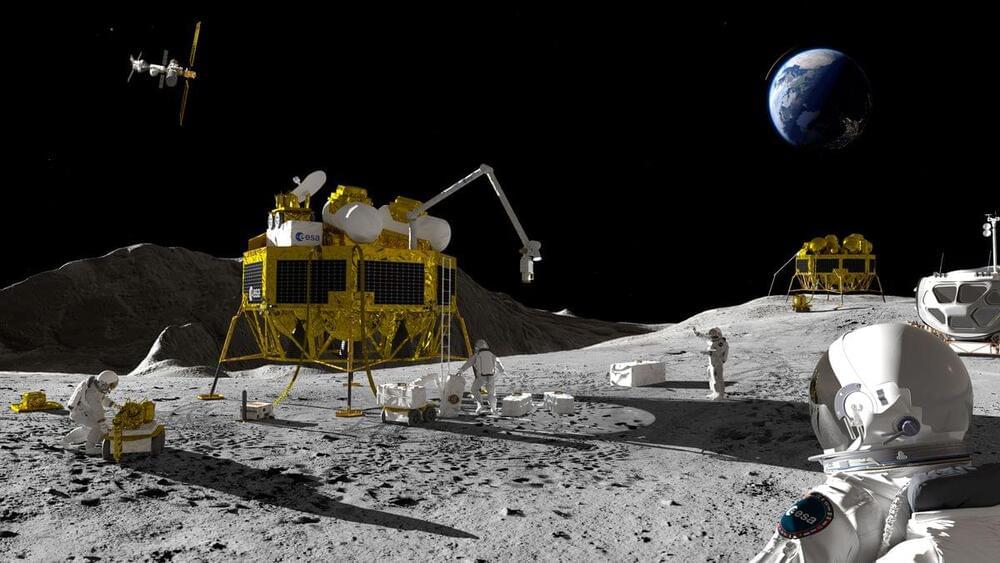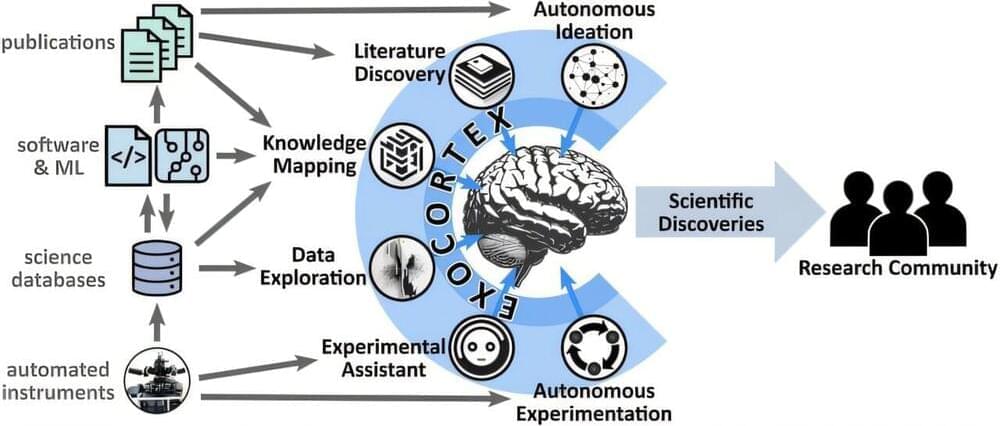Convair’s Super-NEXUS—a visionary leap into spaceflight—was no ordinary vehicle. This partially reusable, Single-Stage-to-Orbit (SSTO) behemoth was designed to carry an astounding 2 million pounds of payload, making it a true giant of its time. Imagine a colossal structure that stood 400 feet tall, towering over even the mighty Saturn V, which itself reached a height of 363 feet. With a staggering diameter of 150 feet, the NEXUS would have dwarfed its predecessors in both size and capability.
But sheer size is only part of the story. In its largest proposed variant, the Super-NEXUS would have weighed an almost incomprehensible 48 million pounds when fully fueled—compared to the Saturn V’s comparatively modest 6.5 million pounds. This weight discrepancy highlights the ambitious scale of the project. The NEXUS wasn’t just a bigger rocket; it was an entirely new class of spacecraft, designed to deliver an unprecedented payload of 2 million pounds to low Earth orbit—more than eight times the capacity of the Saturn V.
And the innovation didn’t stop there. Unlike traditional one-and-done rockets, the Super-NEXUS was envisioned as a reusable marvel. It was designed not just to launch and land, but to land vertically on the ocean’s surface after each mission. Once safely aloft, the massive vehicle would be towed back to port by ships, ready to be refurbished and launched again. This ambitious dream, while never realized, pointed toward a future where space travel was as routine as any other form of transportation.
Such a vision was perhaps too far ahead of its time—but the audacity and scope of the Super-NEXUS continue to inspire, underscoring the boundless potential of human ingenuity in the quest to conquer the stars.




